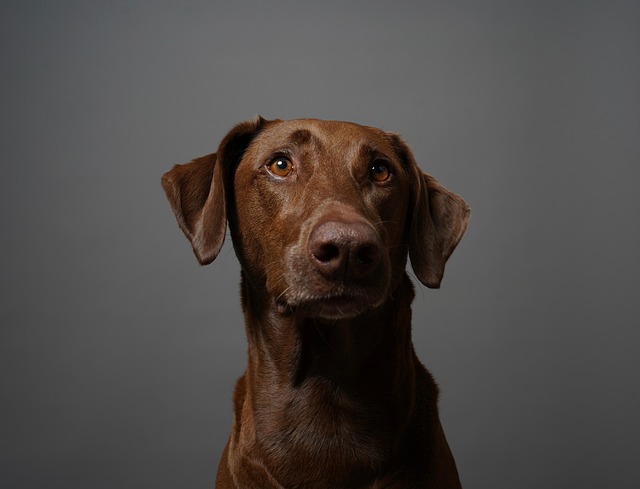
What is glaucoma in a dog?
You might notice your dog squinting more at mealtime or avoiding bright sunlight—these small changes could be early signs of a serious eye condition.
When we joyfully welcome a dog as a member of our family, their bright and lively eyes seem to hide a sea of stars, shining with curiosity about the world and dependence on us. However, as time goes by, some dogs will be troubled by cataracts, which makes many owners very worried and eager to know whether their dogs' cataracts can actually be cured.
Cataracts, simply put, refer to the clouding of the originally transparent lens in a dog's eyeball. It's like a layer of blurry gauze covering a window, blocking the normal entry of light into the eye and thus affecting the dog's vision. Its causes are quite complex. Aging is one of the most common factors. Just like humans, when dogs enter their senior years, all aspects of their physical functions decline, and the eyes are no exception. The lens gradually ages, leading to cataracts. According to statistics, in dogs over 7 years old, the incidence of cataracts increases significantly. Hereditary factors cannot be ignored either. Certain dog breeds such as Poodles, Boston Terriers, Labrador Retrievers, etc. are born with genes that make them prone to cataracts and may develop the disease when they are puppies. In addition, systemic diseases such as trauma and diabetes can also be the causes of cataracts. If a dog's eye is hit and the structure of the lens is damaged, it is likely to become cloudy. And the fluctuations in blood sugar caused by diabetes will interfere with the normal metabolism of the lens, promoting the formation of cataracts.
In the early stage of cataracts, a dog may only show a slight decrease in vision, and there are no obvious changes in its daily behavior. Attentive owners may notice that the dog moves a little more slowly in dim environments and is less sensitive to objects in the distance than before. As the disease progresses, the clouding of the lens becomes more severe, and the dog's eyes will show obvious grayish-white or bluish-white reflections, and its eyes will look blurred. At this time, the dog is likely to bump into furniture and walls when walking, be slow to react to thrown toys when playing, and may even refuse to go up and down the stairs. These are all manifestations of severely impaired vision, which is really heart-breaking.
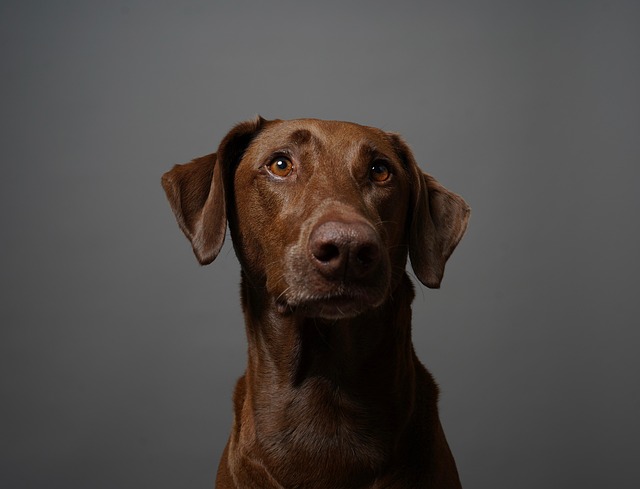 Fortunately, modern veterinary medicine has brought hope for the treatment of cataracts in dogs. Surgery is currently the most effective way to cure cataracts in dogs, that is, lens extraction. During the surgery, an experienced veterinarian will carefully remove the cloudy lens from the eyeball and then implant an artificial lens to restore the normal focusing of light, thereby improving the dog's vision. This surgical technique is quite mature and has a relatively high success rate. However, the surgery is not suitable for all dogs. A comprehensive and detailed examination needs to be carried out before the surgery to assess the dog's physical condition, including heart function, blood sugar level, etc., to ensure that it can withstand the surgical trauma. At the same time, an eye examination is also crucial. It is necessary to determine the severity of the cataract, whether there are other eye complications, etc. Only when the surgical conditions are met can the dog benefit from the surgery.
Fortunately, modern veterinary medicine has brought hope for the treatment of cataracts in dogs. Surgery is currently the most effective way to cure cataracts in dogs, that is, lens extraction. During the surgery, an experienced veterinarian will carefully remove the cloudy lens from the eyeball and then implant an artificial lens to restore the normal focusing of light, thereby improving the dog's vision. This surgical technique is quite mature and has a relatively high success rate. However, the surgery is not suitable for all dogs. A comprehensive and detailed examination needs to be carried out before the surgery to assess the dog's physical condition, including heart function, blood sugar level, etc., to ensure that it can withstand the surgical trauma. At the same time, an eye examination is also crucial. It is necessary to determine the severity of the cataract, whether there are other eye complications, etc. Only when the surgical conditions are met can the dog benefit from the surgery.
Of course, not all dogs can receive surgery immediately. For dogs that cannot tolerate surgery due to physical reasons or those whose cataracts are still in the early stage and develop slowly, drug treatment can be used as an auxiliary measure. Some drugs such as antioxidants and nutritional supplements can theoretically slow down the progression of lens clouding, but the actual effect varies from dog to dog, and they cannot completely cure cataracts. When using drug treatment, the owner needs to strictly follow the veterinarian's instructions, give the dog the medicine on time and in the right amount, and take the dog for regular reexaminations to observe the changes in the condition.
In addition to medical measures, daily care is also crucial for dogs with cataracts. The owner should ensure the safety of the dog's living environment, remove obstacles that may cause collisions, and set obvious signs at the stairway and the edges of furniture. When grooming the dog and cleaning its eyes, the movements must be gentle to avoid irritating the eyes. In terms of diet, providing the dog with foods rich in antioxidants such as vitamins C and E, such as fresh fruits and vegetables, is helpful for maintaining eye health. Companionship is indispensable. Spend more time interacting with the dog, give it comfort and encouragement, so that even when the dog has poor vision, it can still feel the owner's full love and care.
Although cataracts in dogs pose a challenge to their lives, they are not invincible. With modern advanced medical technology, careful daily care, and the owner's consistent companionship, many dogs can regain clear vision in the fight against cataracts, continue to run and play happily, and enjoy a wonderful life. As owners, we should always maintain confidence, actively cooperate with the veterinarian's treatment, and go all out for the health of our dogs.

You might notice your dog squinting more at mealtime or avoiding bright sunlight—these small changes could be early signs of a serious eye condition.

Let’s set the scene: It’s a sweltering Phoenix afternoon—105°F outside—and you rushed your 2-year-old Lab mix, Cooper, on a quick walk to “get it over with.”
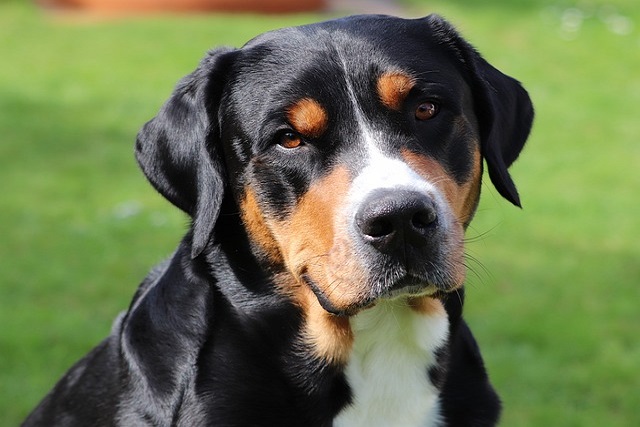
Let’s get real: You’re in your Miami apartment, watching your 3-year-old Corgi, Loki, struggle to climb the stairs to your second-floor unit.
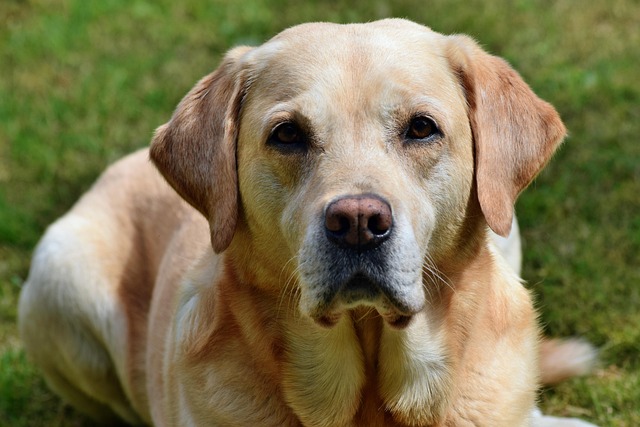
Many dog owners brush off occasional scratching as just “dog behavior,” but persistent itching often signals something more—like a food allergy.
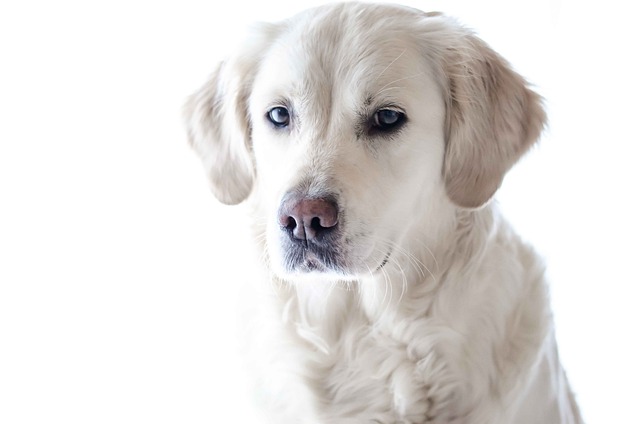
You might first notice your dog scratching more than usual—chewing at their paws until the fur looks thin, or rubbing their face against the couch nonstop.
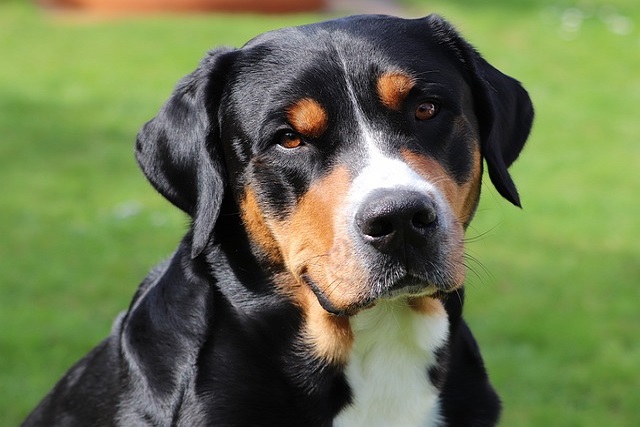
Let’s be real: You’re standing in your Chicago apartment, watching your 3-year-old Beagle, Max, huff and puff just to climb onto the couch.